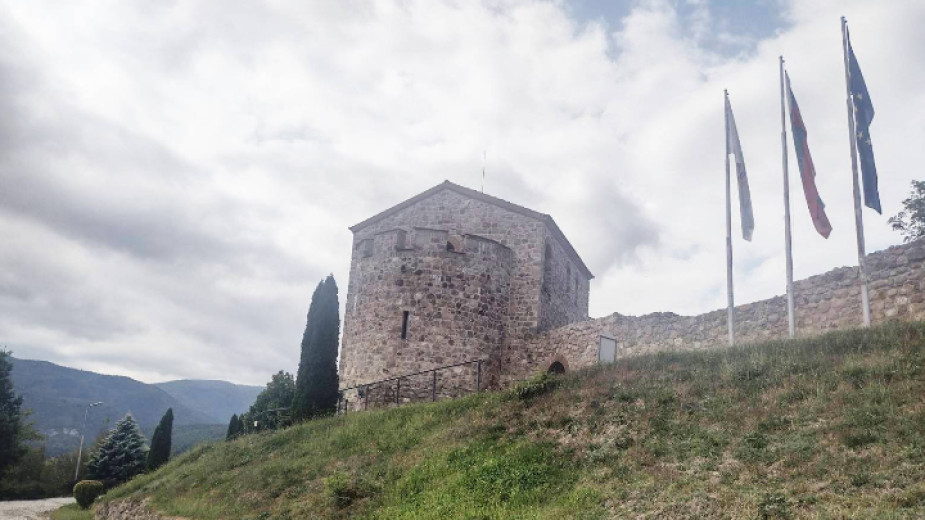 13
13

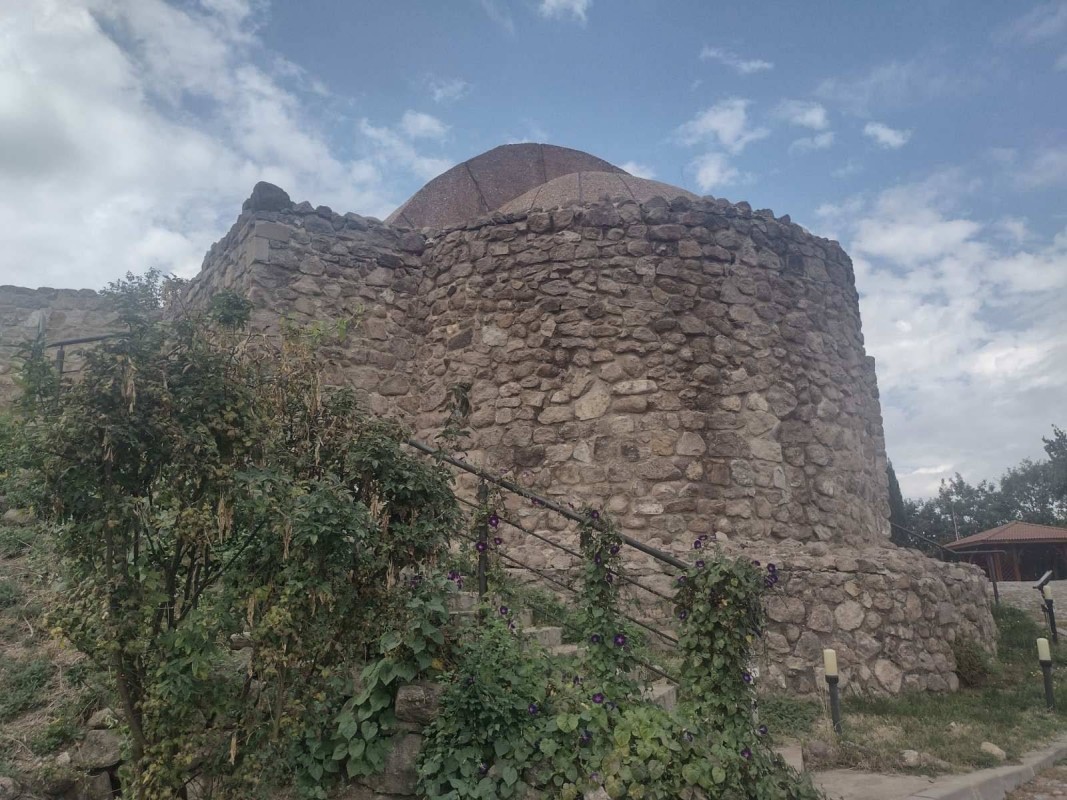
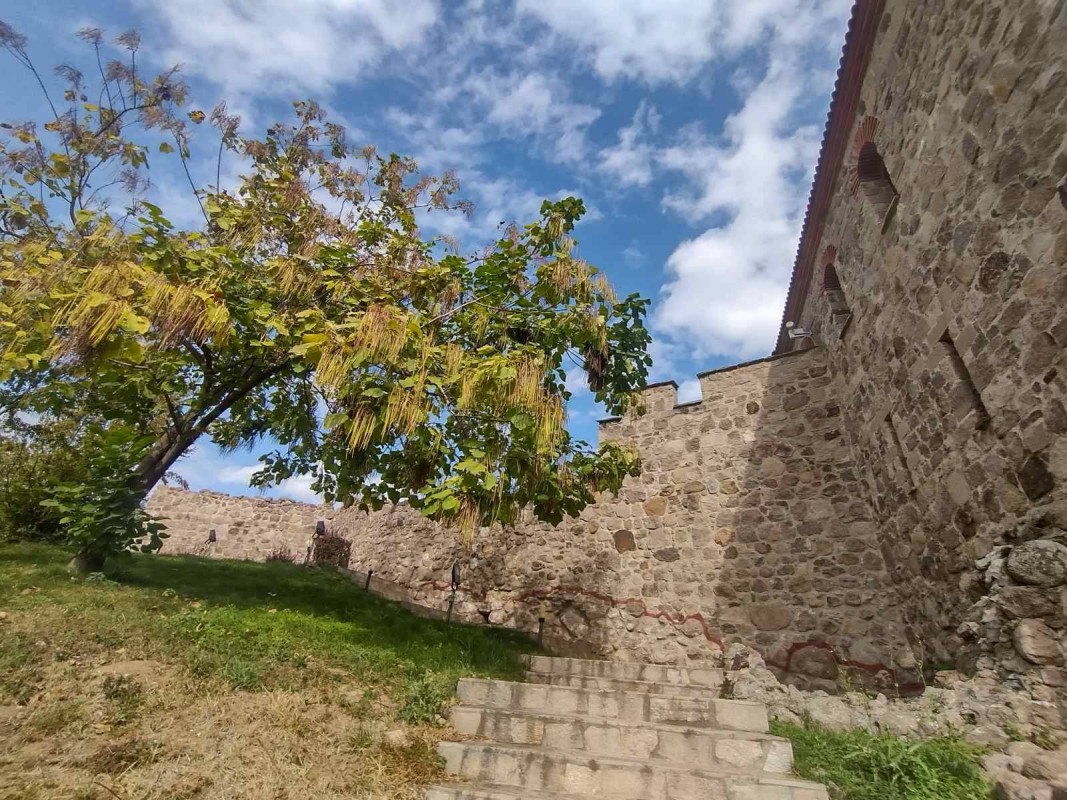
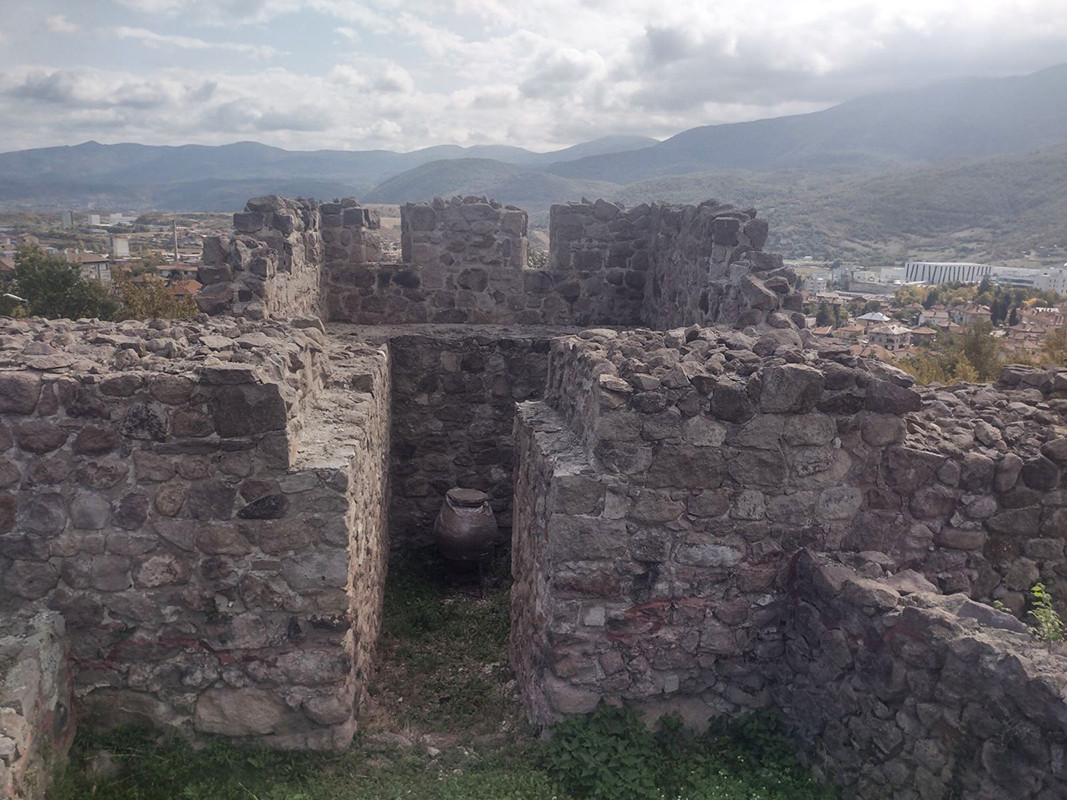
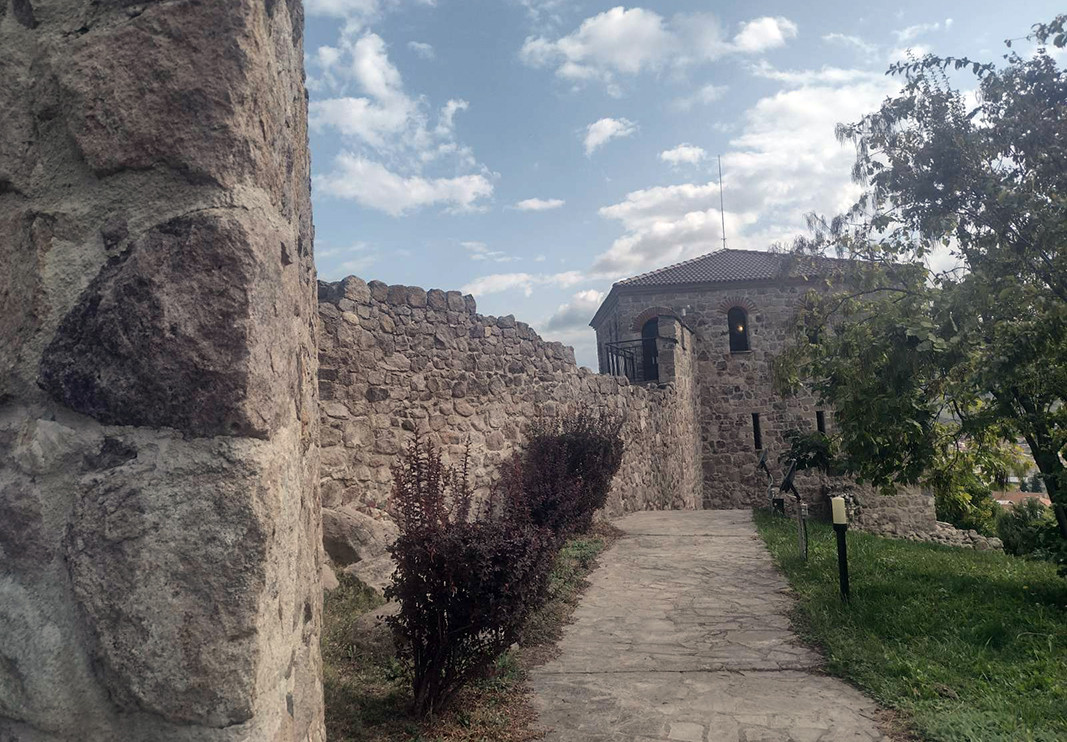
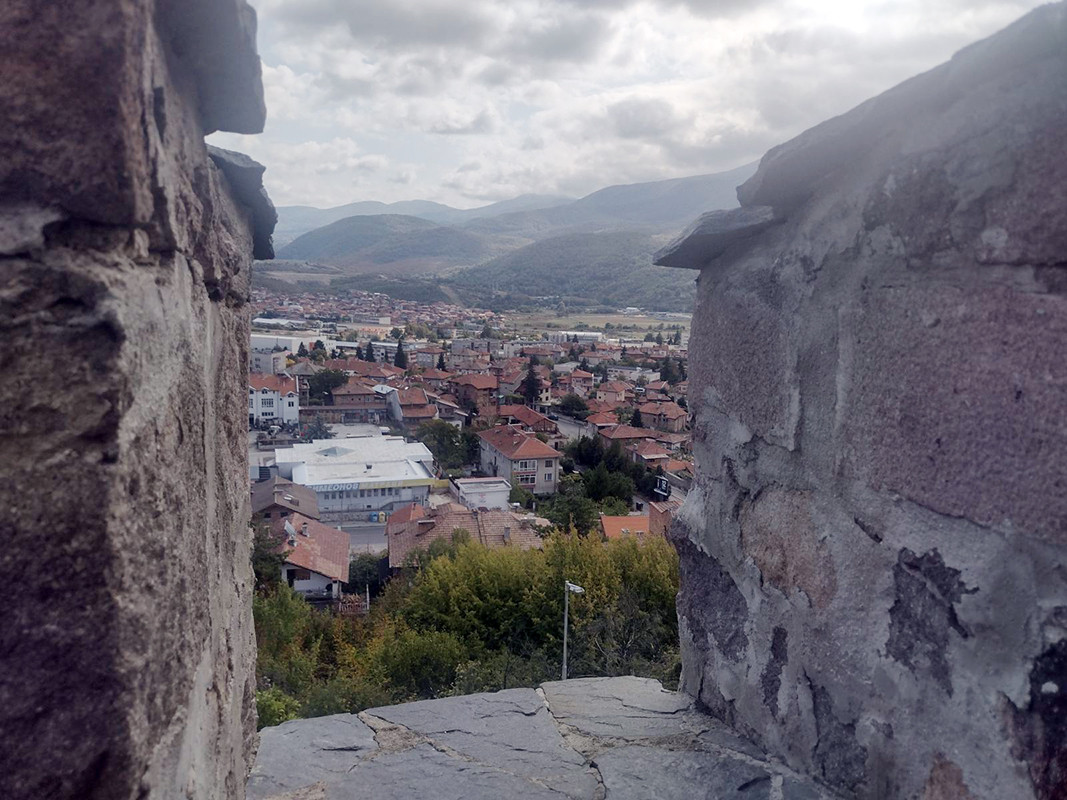
This winter has started with unusually warm weather, but while there is no snow in the lower parts of the country, the ski season is now officially open in the mountains, much to the delight of winter sports enthusiasts. Many people..
The Christmas bazaars in Sofia create an atmosphere of festivity and good mood. Photos: Krasimir Martinov
Heavy snowfall and hurricane-force winds on November 25 and 26 created a complicated situation throughout Bulgaria. Half a million households were left without electricity, in some places there was also a break in the water supply. Due..

+359 2 9336 661
